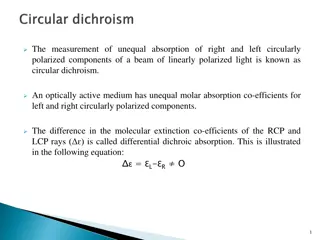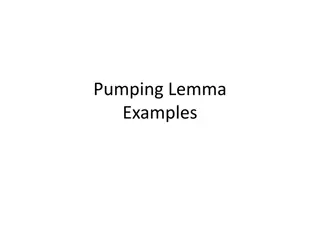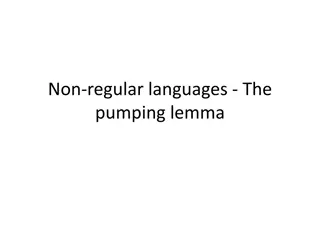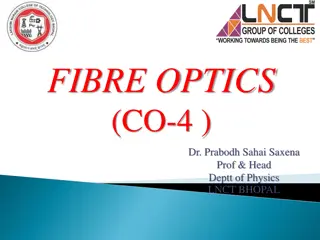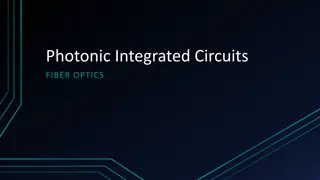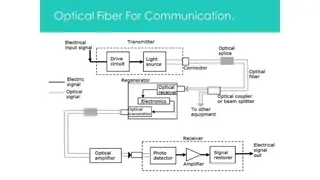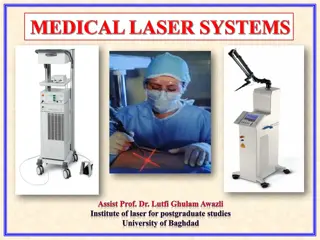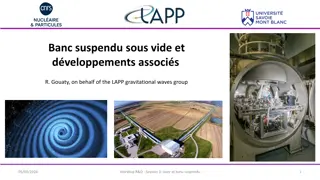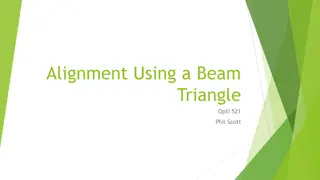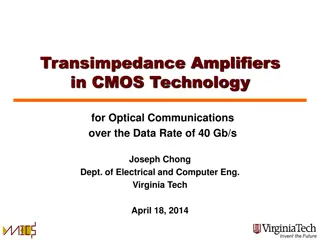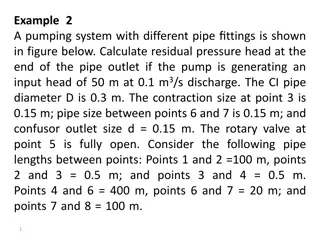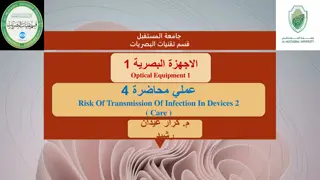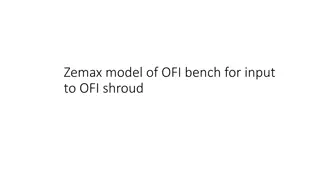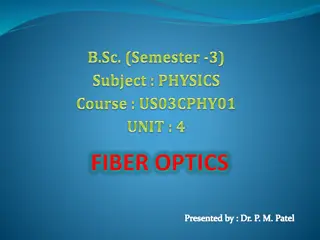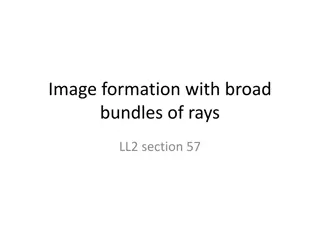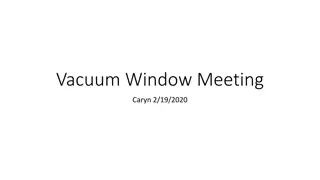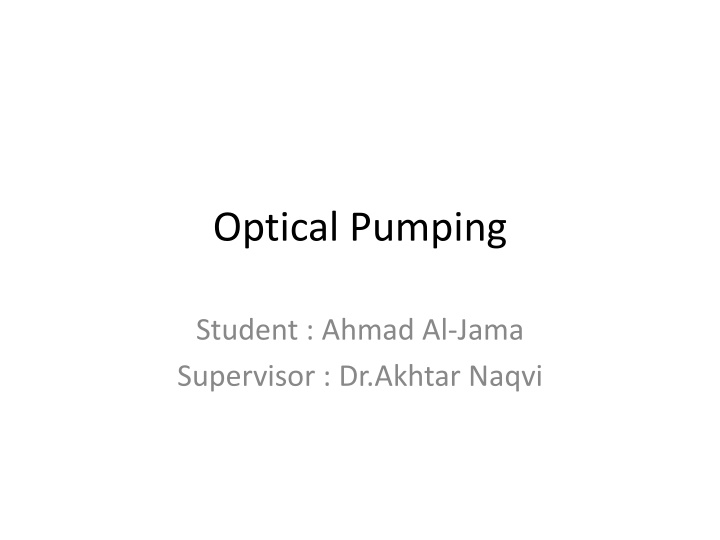
Exploring Optical Pumping in Physics Research
Dive into the world of optical pumping through a detailed study led by student Ahmad Al-Jama under the guidance of Dr. Akhtar Naqvi. Learn about the theoretical background, experimental procedures, and significant results in this fascinating field of research.
Download Presentation

Please find below an Image/Link to download the presentation.
The content on the website is provided AS IS for your information and personal use only. It may not be sold, licensed, or shared on other websites without obtaining consent from the author. If you encounter any issues during the download, it is possible that the publisher has removed the file from their server.
You are allowed to download the files provided on this website for personal or commercial use, subject to the condition that they are used lawfully. All files are the property of their respective owners.
The content on the website is provided AS IS for your information and personal use only. It may not be sold, licensed, or shared on other websites without obtaining consent from the author.
E N D
Presentation Transcript
Optical Pumping Student : Ahmad Al-Jama Supervisor : Dr.Akhtar Naqvi
Outline Introduction Theoretical Background Experimental Results and Discussion Conclusion
Introduction Optical pumping is the process that uses photons to change the distribution of the stated occupied by a collection of atoms. In 1966, Alfred Kastler won a Nobel Prize for his work on optical pumping.
Introduction Rubidium has the electron configuration : This means it s a Hydrogen-like atom. For such atoms, the complete inner shells can be ignored.
Theoretical Background Fine Structure : Results from J = S + L Hyperfine Structure : Results from F = I + J The Zeeman Effect :
Theoretical Background (Contd) Absorption : Optical Pumping : Using circularly polarized light to excite electrons where they can no longer be excited.
Experimental Procedure : Equipments Rubidium Discharge Lamp : Filled with Rb gas and Xenon Buffer Gas. Lenses : One used to collimate the beam. The other used to focus it into the detector. Filter : Excludes all lines except the near-IR 795 nm line. Polarizer : Produces linearly-polarized light. Waveplate : Produces circularly-polarized light.
Experimental Procedure : Equipments (Cont d) Cell and heater : The cell is an insulated perspex cylinder with a bulb of rubidium and neon buffer gas. The bulb can be heated to change the Rb pressure and density. Magnetic field coils : The vertical field is to cancel the local field due to the Earth s magnetic field. The horizontal field is for the Zeeman effect and the sweep field is for viewing the B =0 resonance. RF coils and signal generator : the RF magnetic field coils are located on the cell. The field is produced by a signal generator plugged into the electronics box.
Experimental Procedure : Equipments (Cont d) RF coils and signal generator : the RF magnetic field coils are located on the cell. The field is produced by a signal generator plugged into the electronics box.
Experimental Procedure : Absorption Cross Section We used the optical set-up in the last slide without the polarized and the plate. We sat the cell s temperature to different values between 300 and . (10 K steps), and measured the voltage at each temperature.
Results and Discussion ln(v) vs 1 0.5 0 0.00E+00 2.00E+02 4.00E+02 6.00E+02 8.00E+02 1.00E+03 1.20E+03 1.40E+03 y = -0.002x - 0.2413 R = 0.5444 -0.5 ln(v) -1 -1.5 -2 -2.5 -3 (10^16 kg/m^3)
Results and Discussion ln(v) vs 0.8 0.6 0.4 y = -0.0249x + 0.5554 R = 0.9482 0.2 ln(v) 0 0.00E+00 5.00E+00 1.00E+01 1.50E+01 2.00E+01 2.50E+01 3.00E+01 3.50E+01 4.00E+01 4.50E+01 5.00E+01 -0.2 -0.4 -0.6 (10^16 kg/m^3)




